SaaS demo best practices ensure that your meetings turn into conversions.
When a lead books a SaaS demo, they want to see how the product will work for their specific use case before making a decision.
A demo call with a generic walkthrough of the tool is unlikely to yield conversions. You need to ensure that the demo is personalized enough to show the lead how it fits perfectly in their workflow.
In the article, we share with you eight crucial SaaS demo best practices to ensure you get to share your tool in full capacity with interested customers.

The work you do before the demo meeting is as essential as the demo itself. The end goal, other than getting the conversion, is also to show the customer that you understand their needs and value their time.
Here are some prerequisites you need to follow to make your demos even more impressive.
If you are going to ask customers to invest their time in a meeting with you to understand your tool, the demo landing page needs to be convincing enough. A landing page is good when it talks about user pain points. But your SaaS demo page might need something more.
Here are three things to include in your SaaS demo booking page:
A short explanation of what to expect in the meeting.
Calendar scheduling with available time slots and an option to change time zones.
A simple form to collect helpful context (e.g., company name, role, goals).
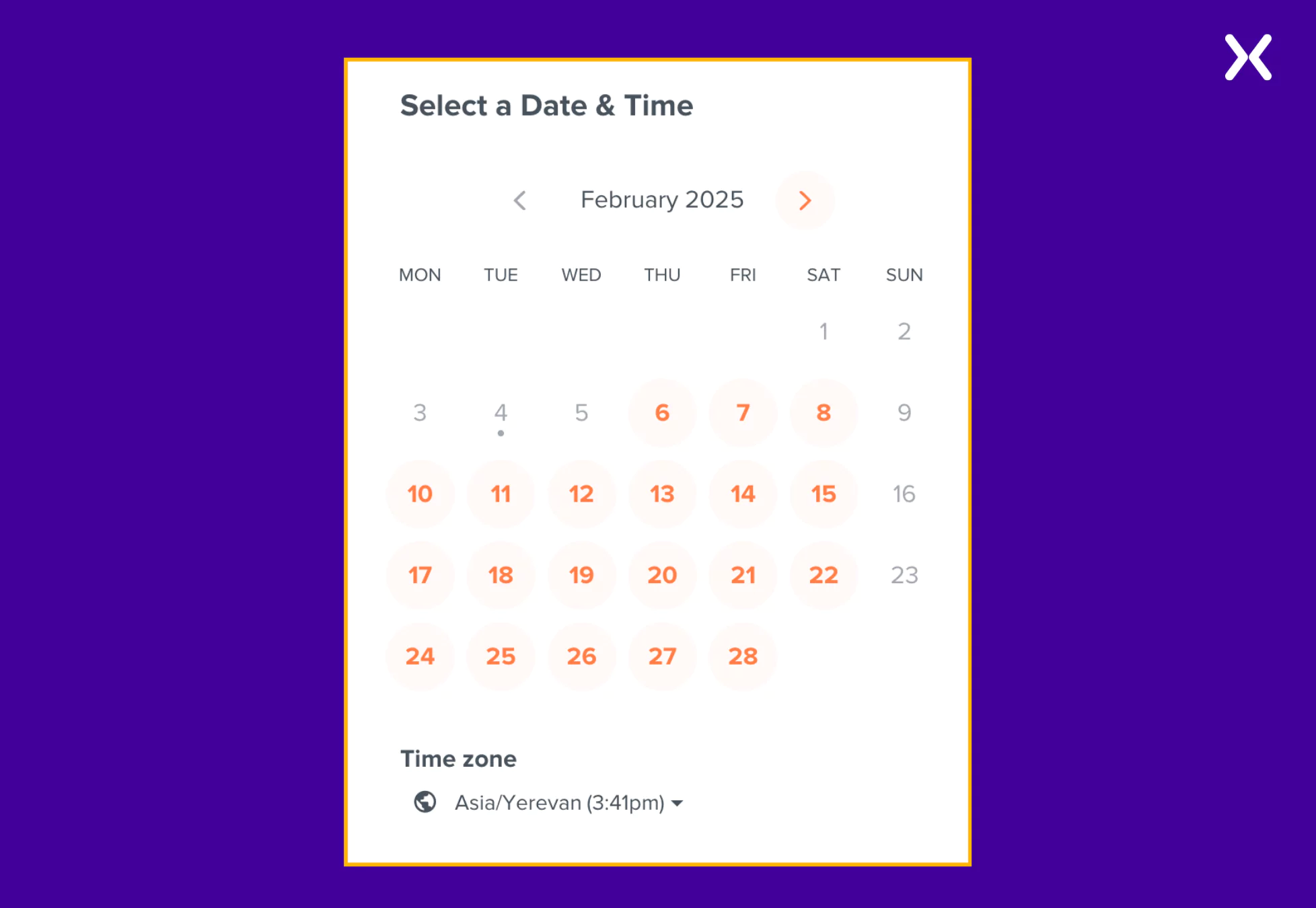
This helps enhance user experience and provides you with valuable information to personalize the demo.
Don’t hop on the call with only the information your prospect has shared. They have already shared enough data with you to build your case. Understand their business context, motivations, and where in all this your tool will fit perfectly. You need to tailor the demo to what matters most to them.
Go beyond the surface — study recent news, industry trends, and potential pain points they haven’t explicitly mentioned. Anticipate their questions and objections before they even ask.
When you come to the demo with insight and context, you’re not just showing a product — you’re showing that you understand their world and how to make it better. That’s what earns trust and moves deals forward.

Having a structure for how the demo call will flow and an essential part of SaaS demo best practices. Though the meeting can go in any direction, prepare a general outline of how the meeting will start and what you would like to share with the prospect.
It can be as basic as:
Quick intro
Overview of your product
Key features that match their needs
Time for questions

Or anything that might have worked before for other similar clients. It helps keep the call focused and shows respect for their time.
Here are the eight SaaS demo best practices that will help you make your meetings better and get those conversions.
Personalizing a SaaS demo means focusing on the industry and pain points of your lead. Instead of giving a long explanation of all the features of the tool, you need to pick a few that would be beneficial for the interested lead and they would use the most often.
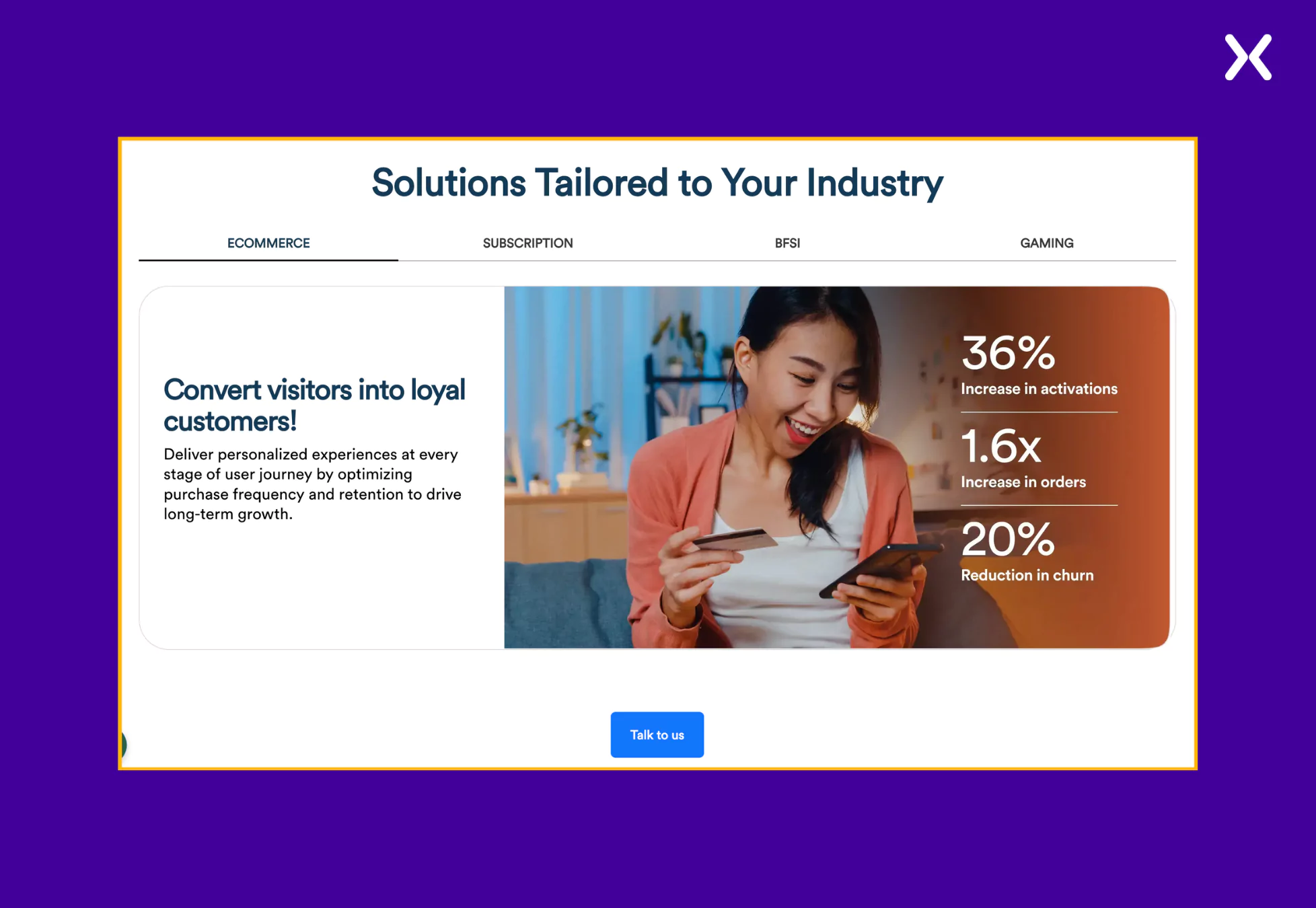
For example, a SaaS tool can offer automation, reporting, and collaboration features — but if you’re speaking to a sales team struggling with pipeline visibility, you should focus the demo on the reporting dashboards and CRM integration. Highlight how those features will directly solve their pain. That level of relevance makes your product feel like a solution, not just software.
This is where having a building buyer persona beforehand comes in, and it will help you navigate your call more easily. Here are some key steps to personalize SaaS demos for better engagement:
Branding and Language: Incorporate the prospect’s branding, terminology, or specific workflows to create a native experience
Start with the Problem: Begin the demo by clearly stating the prospect’s main challenge, then show how your product solves it.
Understand Job Profile: It becomes easier to understand a lead’s pain point if you know their role, daily responsibilities, and success metrics.
Personalization doesn’t have to be complicated. It is all about proactively preparing for the meeting.
Incorporating interactive elements into your SaaS demo effectively is crucial. Why? Because it shouldn’t look like a recorded session, and something that intrigues the future user.
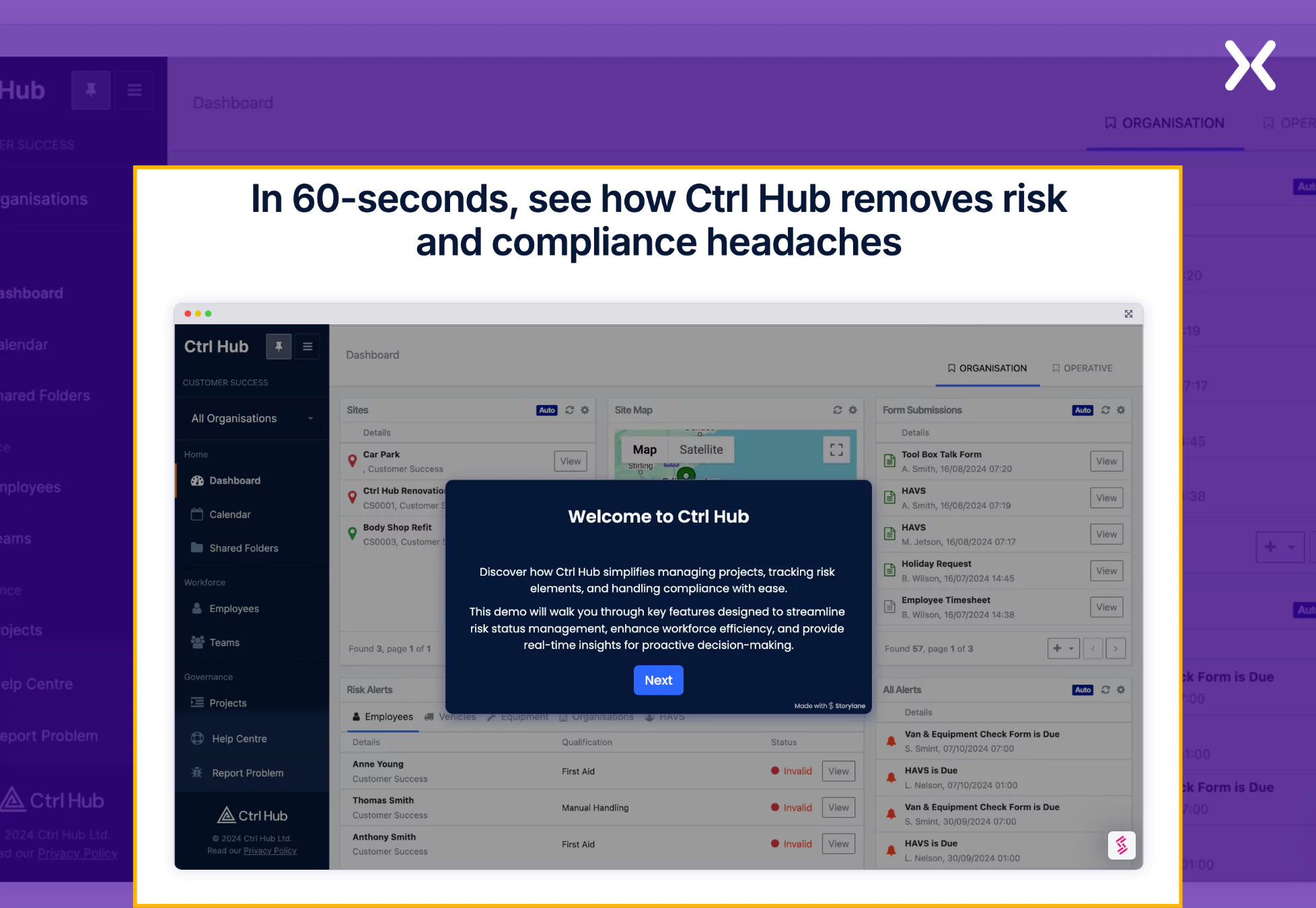
Relying solely on the Q&A session for interaction can make the demo feel one-sided and dull. Here’s what you can do:
** Let Them Use The Tool:** Instead, make your entire SaaS demo more engaging by asking thoughtful questions throughout and involving the prospect in hands-on activities. Let them try out key features of your tool with your guidance so they can experience the interface firsthand and see how intuitive and easy it is to use.
** Pause for Questions and Checkpoints:** Don’t save all questions for the end. Pause after each section to ask: “Does this look like what your team needs?” or “Would this fit into how you’re currently doing things?” This keeps it interactive and gives you live feedback.
You are the host of this meeting; make it fun with interactions.
Now, we are not telling you to create fairytales. But we want you to share real problems and how your tool solves them.
Instead of just saying “Here’s our dashboard,” say something like:
“Let’s say you’re running a monthly report for your leadership team. This dashboard pulls everything together in real time, so you don’t have to build it from scratch each time.”
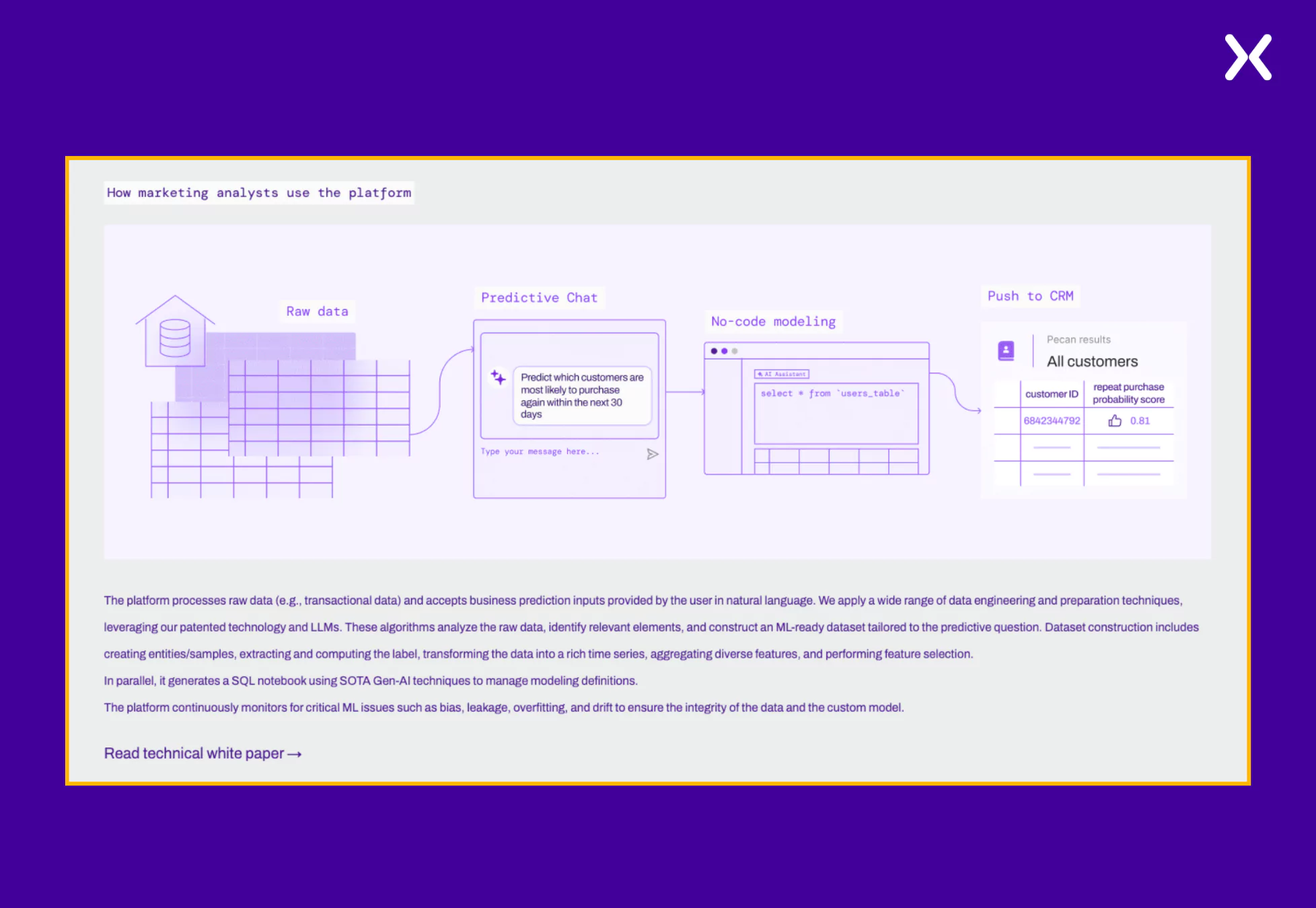
Real-world examples help prospects picture themselves using the product. You need to share the exact pain point your features are solving for users to grasp their practicality.
You need to consistently reinforce how your SaaS solves their problem or delivers value, but it shouldn’t be a dry back-and-forth of “here’s your problem, here’s our solution.”
Instead, use stories and real-world scenarios to illustrate exactly where your product fits into their workflow. This makes the value more relatable, memorable, and easier to understand.
Question and answer rounds can be exciting as you get to show off your tool and do amazing things for future clients. But if rushed, it can result in misunderstood questions and connecting the wrong feature with the query. Nobody wants that to happen.
So here’s how to handle the Q&A round:
** Pause and Listen:** Fully hear the prospect’s concern before answering. You can also ask clarifying questions about the specific situations the prospect has faced in case you weren’t able to understand the question fully.
** Reframe Missing Features:** Sometimes, the features a prospect asks for might not be present on your SaaS tool. This can be tricky. Instead of saying “We don’t have that”, you can reframe it to “Here’s how teams are currently working around that, and we’re actively exploring improvements.” You can also share the roadmap of the upcoming features with them.

While we’ve already touched on the importance of active engagement in SaaS demos, it’s equally critical to dedicate a segment to showcasing what your tool is automating behind the scenes — what some call the “no-hands” moments.
For example, if you’re demonstrating an email automation tool, set up an automation workflow as a one-time configuration. Then step back and show how the tool takes over: emails are being sent automatically, designs are pre-set, and responses are being tracked or inputs captured — all without manual intervention.
This “no-hands” approach gives your prospects a real sense of the product’s power and the time-saving impact it can have on their day-to-day operations.
One of the SaaS demo best practices is to help the leads visualize the transformation your tool brings to their business. And you don’t have to be subtle about it.
Sharing customer success stories, especially when the lead and the customer belong to the same industry, can hit home when done right. You can share about the specific pain point you solved for them, what the results were, and how they are doing now.
It is crucial because your website may already feature plenty of testimonials and success stories, but during the demo, you need to go a step further. Share a piece of social proof that directly addresses their specific pain point, and walk them through exactly how your tool helped solve it. Making that connection personal and relevant builds trust and reinforces the value of your solution.
You don’t need to bombard the prospects with social proof, but one or two solid and short case studies will surely do the trick.
The real overall impact your tool has on a business should be pointed out in the demo. Be it saving time, money, or any other resources for the lead’s business, you need to showcase this in the demo.
You can club quantified social proof to make your case stronger, and also share before and after effects of using your SaaS tool.
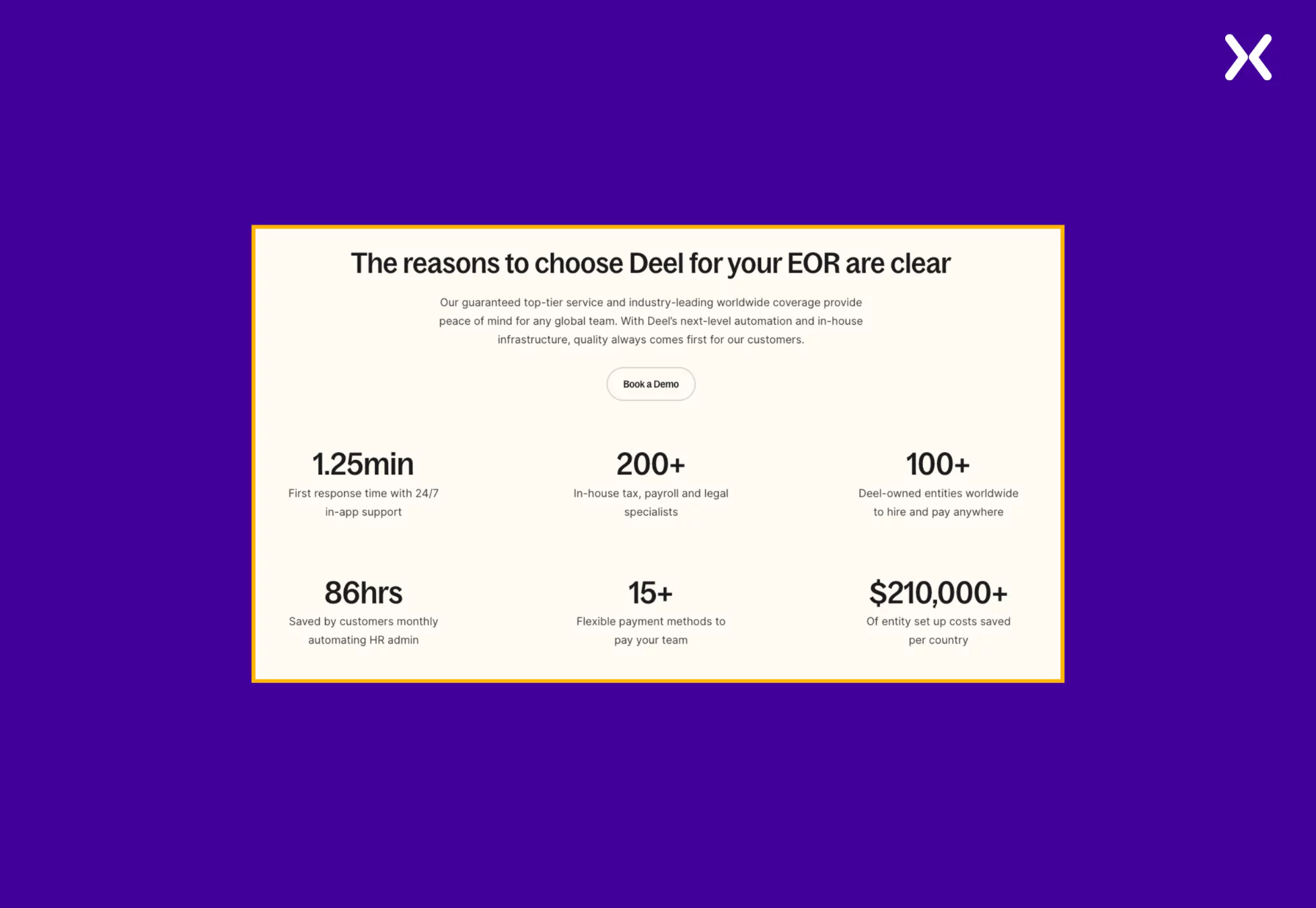
This also opens the avenue to share the risks involved if the user doesn’t find a solution to their pain point on time and how it affects their business in the future.
Highlighting the cost of inaction can be just as powerful as demonstrating value, whether it’s lost revenue, operational inefficiencies, or declining customer satisfaction. When prospects see both the potential upside and the risks of delay, the urgency to act becomes much more real.
Your job isn’t over when the demo ends. The follow-up is where deals often move forward—or stall out. A timely, thoughtful follow-up helps reinforce what was discussed, keeps the conversation warm, and shows that you’re reliable and easy to work with.
Here’s how to make your post-demo follow-up count:
Send your follow-up within 24 hours A prompt response keeps your product top of mind and shows professionalism. Don’t wait days—by then, they may have moved on.
Include a short, clear summary: Recap what was discussed, especially the problems your product can solve for them. Highlight any agreed-upon next steps or action items.
Share useful resources: Attach a demo recording (if available), relevant case studies, pricing info, or product documentation tailored to their needs.
Personalize your message: Reference specific things they said during the call. This shows you were listening and makes your follow-up feel relevant, not generic.
Invite questions and offer support: End with a friendly note inviting them to reach out with any questions or concerns. This keeps the door open for ongoing communication.
A great SaaS demo isn’t about showing every feature—it’s about showing the right ones, in the right way, to the right people. When you prepare thoughtfully, personalize your approach, and guide the conversation with clarity, you turn demos into real buying conversations.
Keep the focus on the customer, make it easy for them to see value, and always follow up with care. Do that consistently, and your demos won’t just impress—they’ll convert.
Apexure has 100+ blog posts on landing pages? We have shared everything, from creation to testing, analysis to optimization. Check it out before you build your SaaS demo landing page.
Making a SaaS demo landing page on your own with just examples can take a lot of time. Get the help you need from our experts. Book a call and one of our experts will contact you soon.
Check out our landing page portfolio to discover conversion-friendly landing page elements that might. Filter your industry and check which landing page design is trending.
Most successful demos fall in the 20–30 minute range — long enough to demonstrate real value but concise enough to maintain focus. For complex solutions or multi-stakeholder presentations may warrant an hour, but always confirm expectations ahead of time.
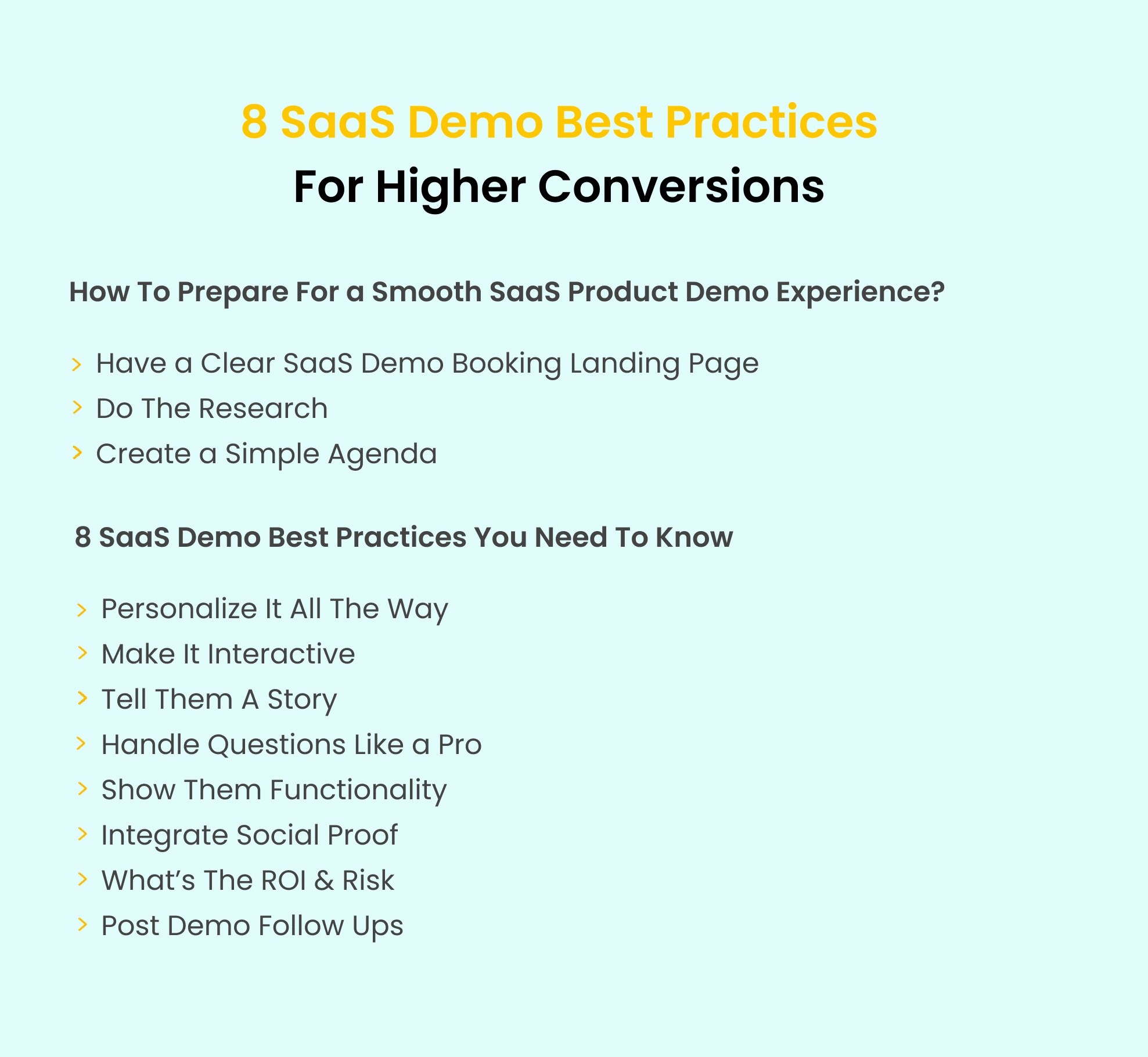
Related Articles:
Drive More Sales or Leads With Conversion Focused Websites and Landing Pages
Get Started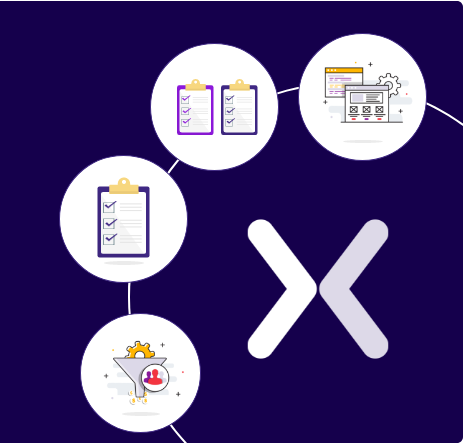
In today’s fast-paced digital world, having a responsive website is no longer just a nice-to-have, it’s essential. Whether...
As artificial intelligence continues to evolve, businesses are finding innovative ways to enhance their marketing efforts. One of...
Get quality posts covering insights into Conversion Rate Optimisation, Landing Pages and great design